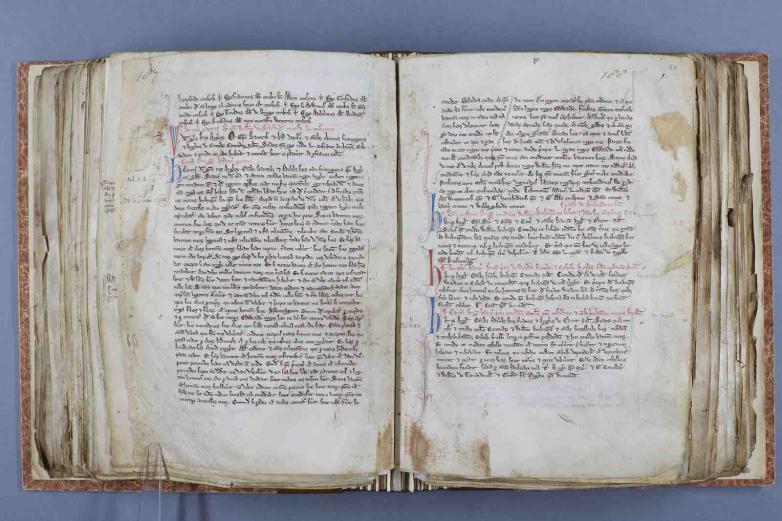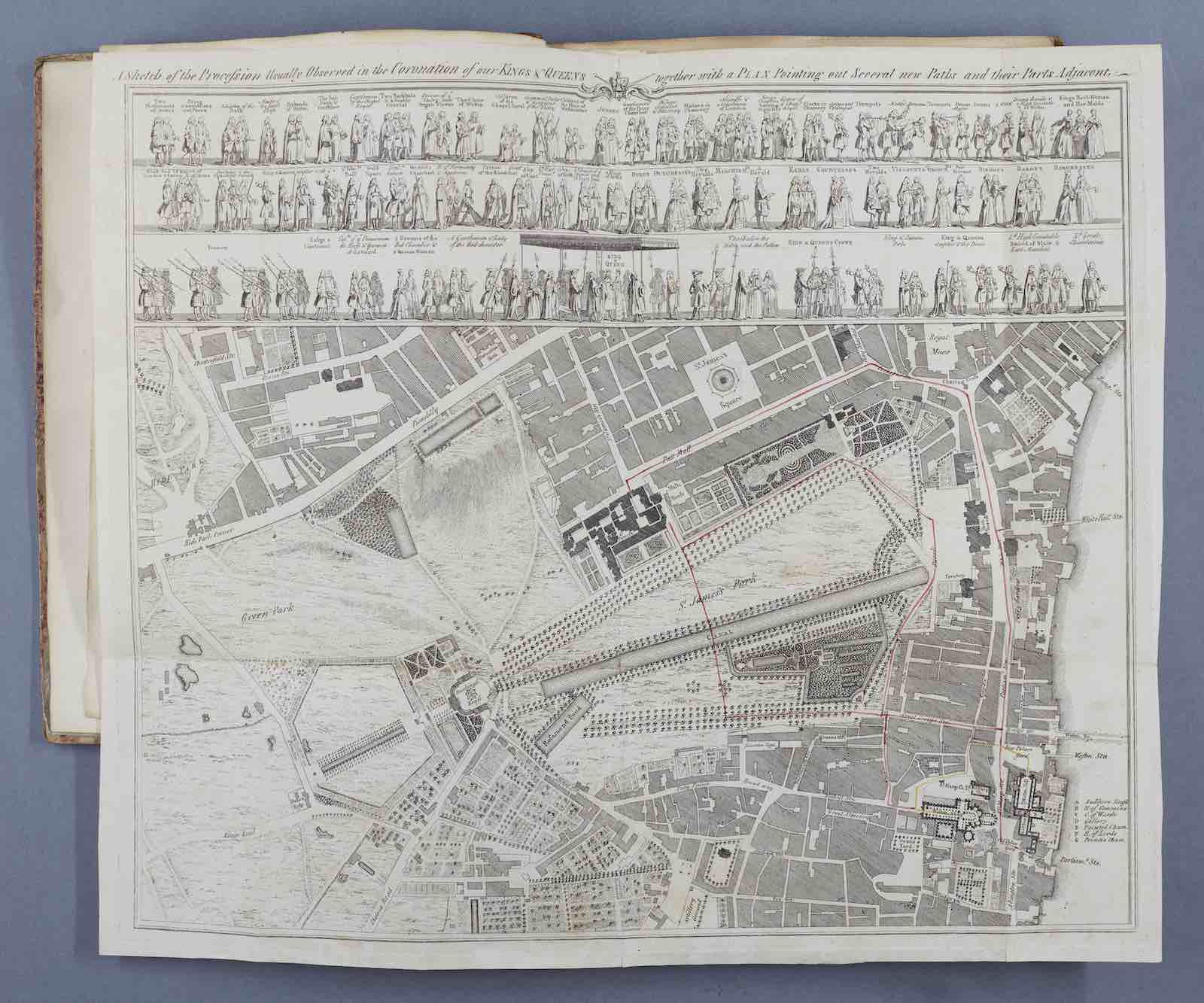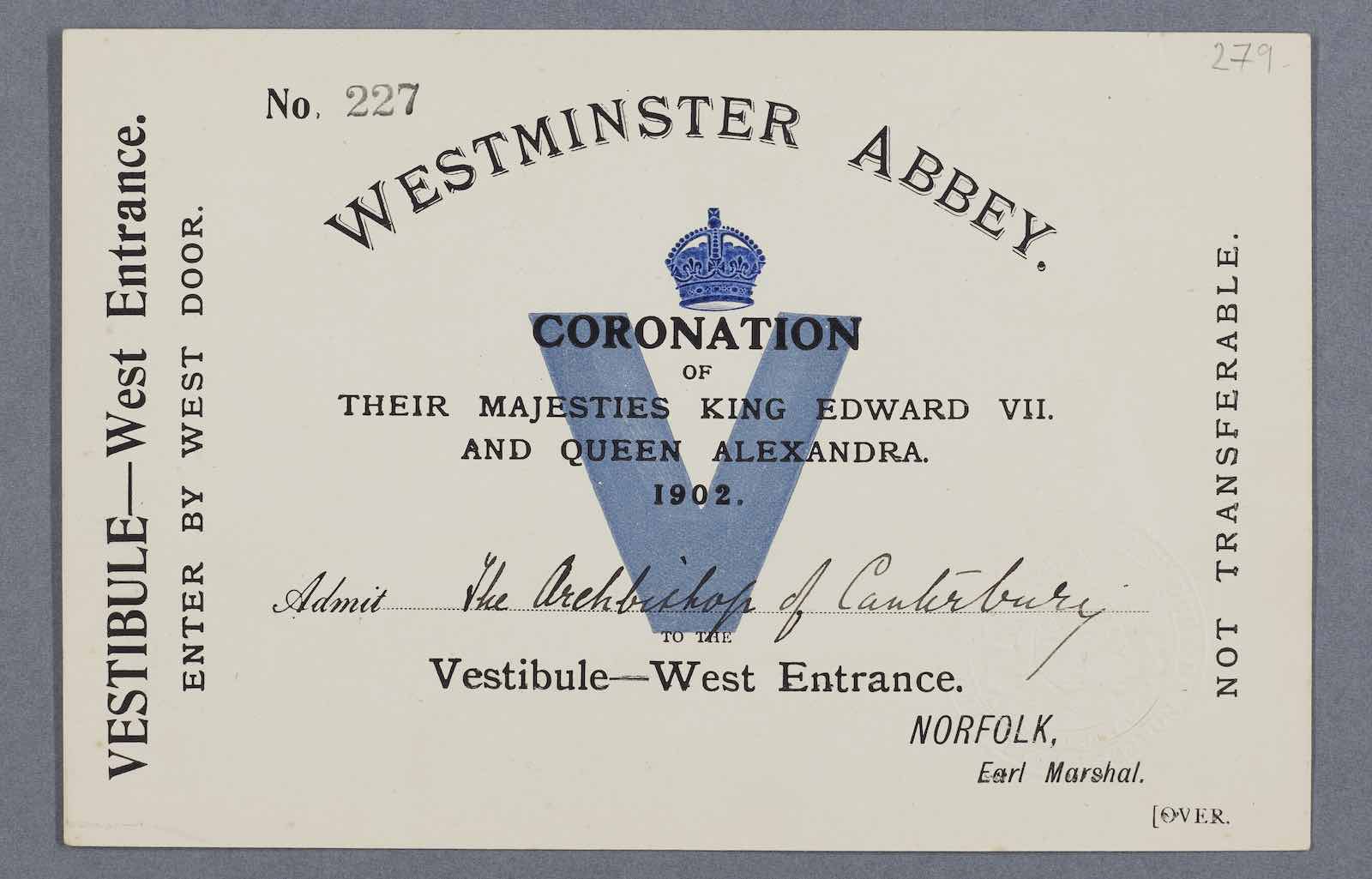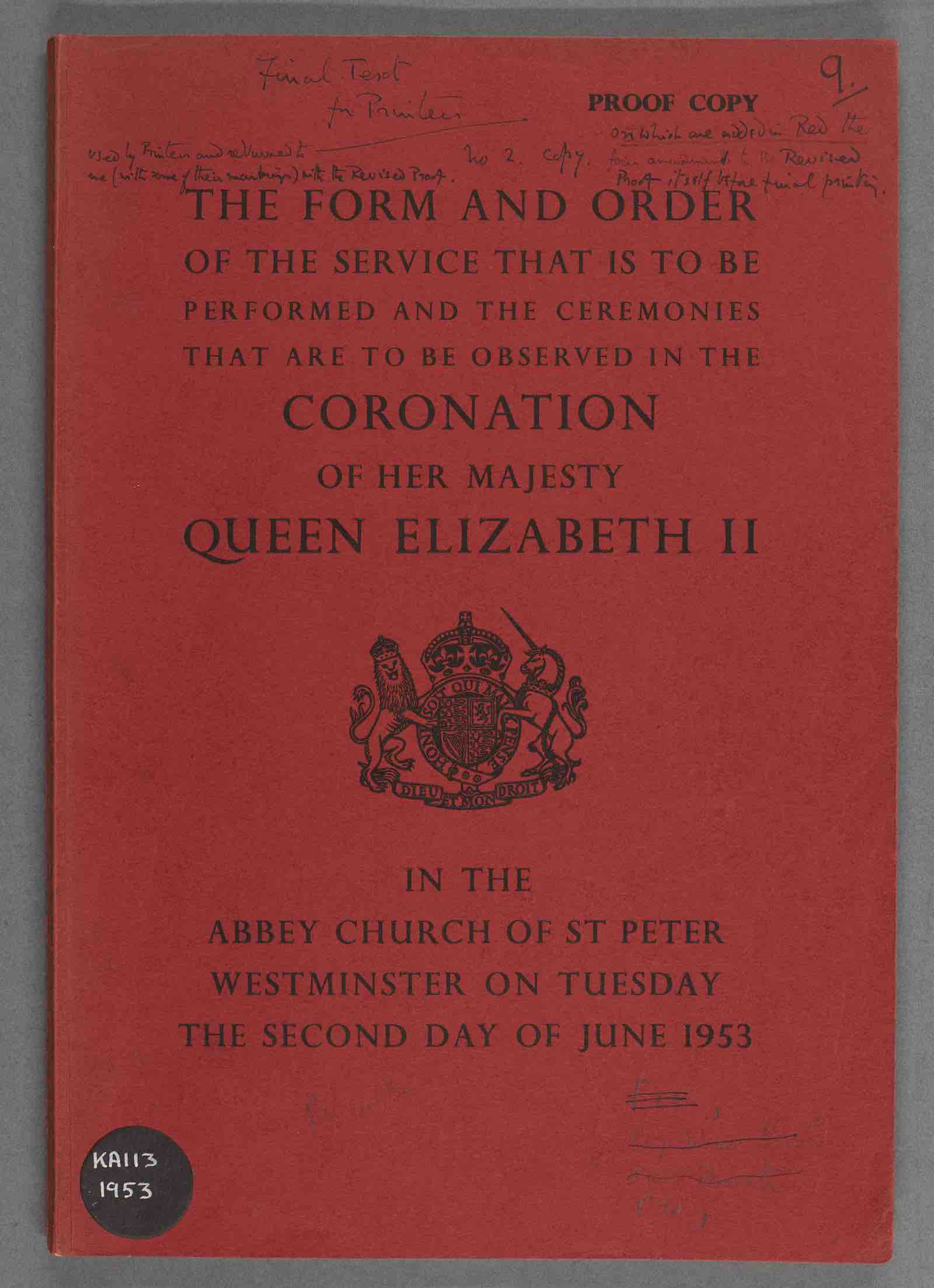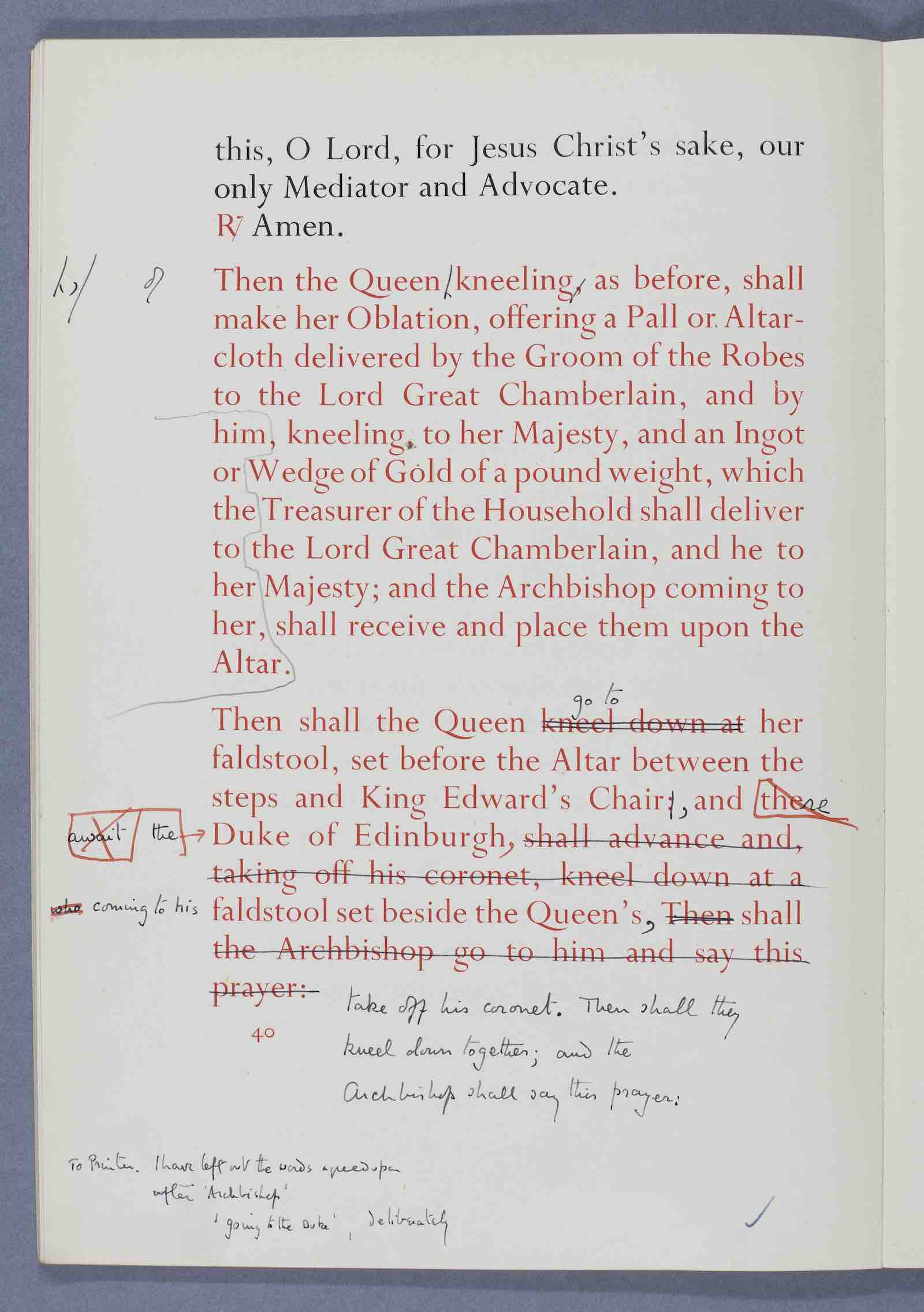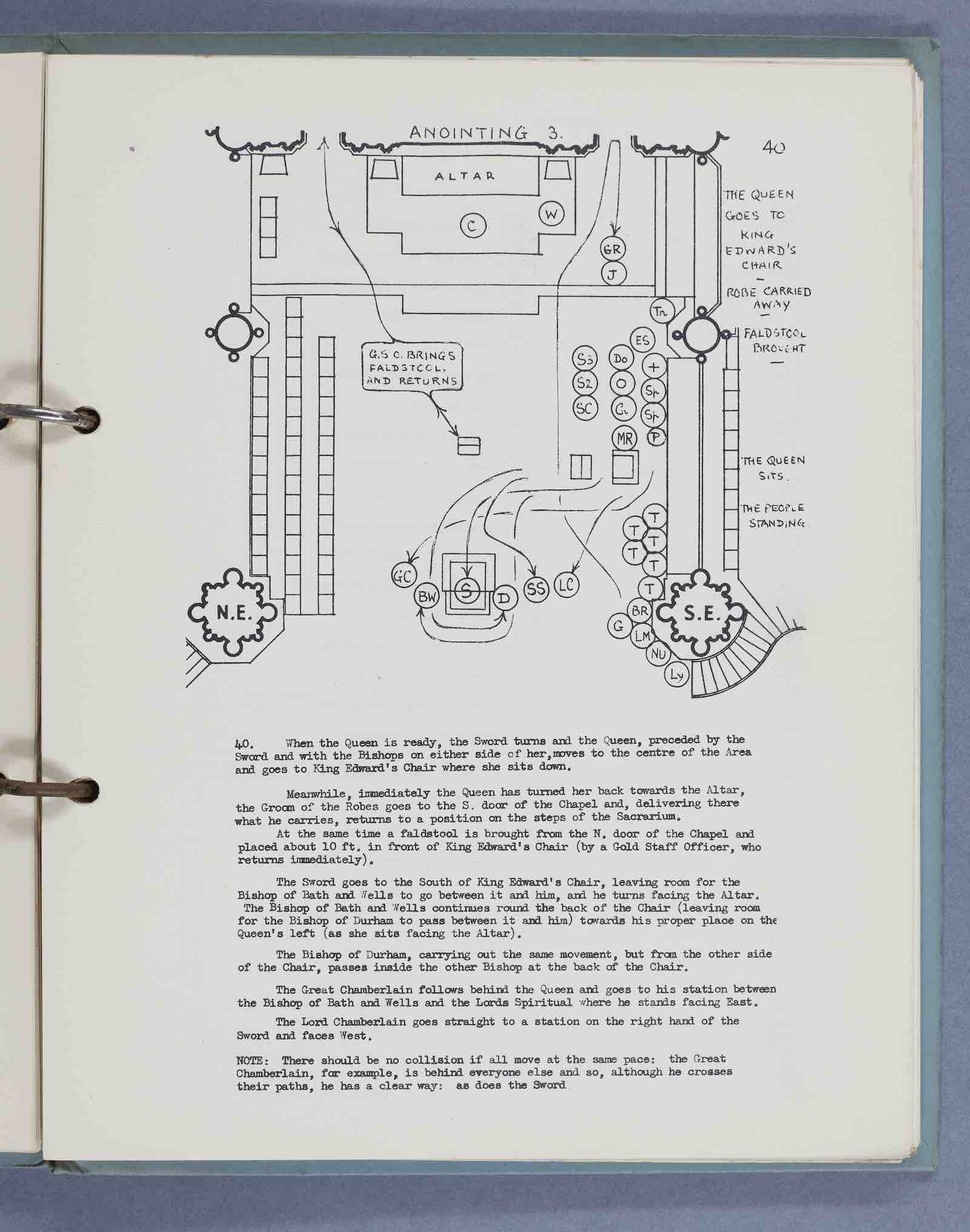* The form and order of the service that is to be performed and the ceremonies that are to be observed in the coronation of Her Majesty Queen Elizabeth II (London, 1953). Archbishop Fisher was responsible for drawing up the Coronation Rite but did not do so alone. He was advised by a committee comprising several liturgical scholars, and Dr Alan Don, Dean of Westminster. On show is one of the proofs of the text of the service with annotations and corrections throughout in Fisher’s own hand. This was the ninth and final proof and Fisher annotated the cover with ‘Final text for printers’.
* Coronation … Ceremonial detail. Notes and Plans (London, 1953). The preamble to the volume of notes and plans on display states that it was produced "with a view to shortening of the length the ceremony … and to ensuring as far as is possible, a smooth and dignified sequence of movement." Furthermore, it states that if the participants studied it closely it would ensure that "there should be no need for haste, no confusion of movement, and plenty of room in which to move and manoeuvre." The Queen is represented by the circle with the capital S and the Archbishop by the circle with the capital C. In the left-hand margin are notes in Archbishop Fisher’s hand.
The free exhibition runs through July 13. There will also be a display of artefacts until June 14 associated with previous Coronations, including the large banners from the 1902 coronation from which Archbishop Frederick Temple had to read the service because of his failing eyesight.

